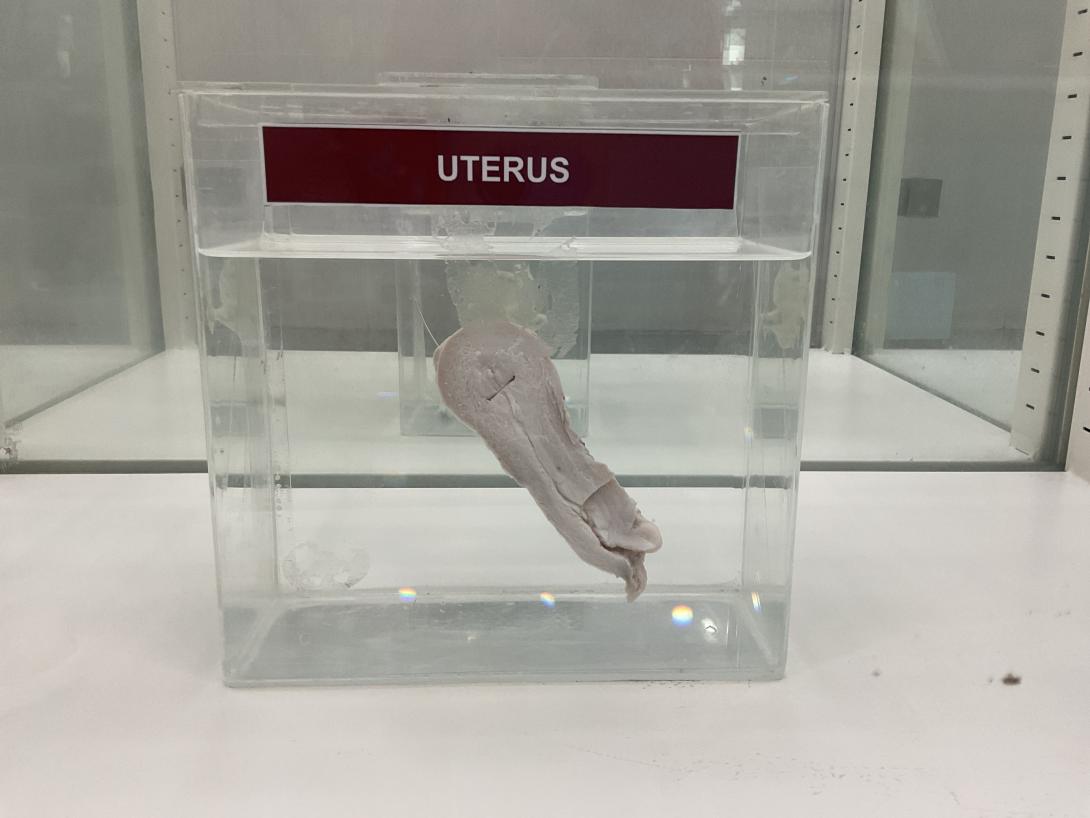- Size and shape: The uterus is a pear-shaped organ that measures about 7.5 cm long, 5 cm wide, and 2.5 cm thick. The size and shape of the uterus can vary depending on age, hormonal changes, and pregnancy.
- Layers: The wall of the uterus consists of three layers: the endometrium, the myometrium, and the perimetrium.
- Endometrium: The innermost layer of the uterus that lines the uterine cavity. This layer thickens and sheds during the menstrual cycle and provides a site for implantation of a fertilized egg during pregnancy.
- Myometrium: The middle layer of the uterus that is made up of smooth muscle fibers. This layer contracts during labor and delivery to help expel the fetus from the uterus.
- Perimetrium: The outermost layer of the uterus that is a thin, serous membrane that covers the surface of the uterus.
- Parts and structures: The uterus is divided into several parts and structures:
- Fundus: The upper portion of the uterus that is rounded and bulges above the uterine tubes.
- Body: The main portion of the uterus that lies between the fundus and the cervix.
- Cervix: The lower portion of the uterus that connects to the vagina. The cervix has an opening called the cervical os, which allows menstrual blood to flow out and sperm to enter the uterus.
- Uterine tubes: Also known as the fallopian tubes, these are two tubes that extend from the sides of the uterus and transport eggs from the ovaries to the uterus.
Understanding the gross anatomy of the uterus is important for the diagnosis and treatment of various conditions such as uterine fibroids, endometriosis, and uterine cancer.
Rack Number
Specimen Number
44

